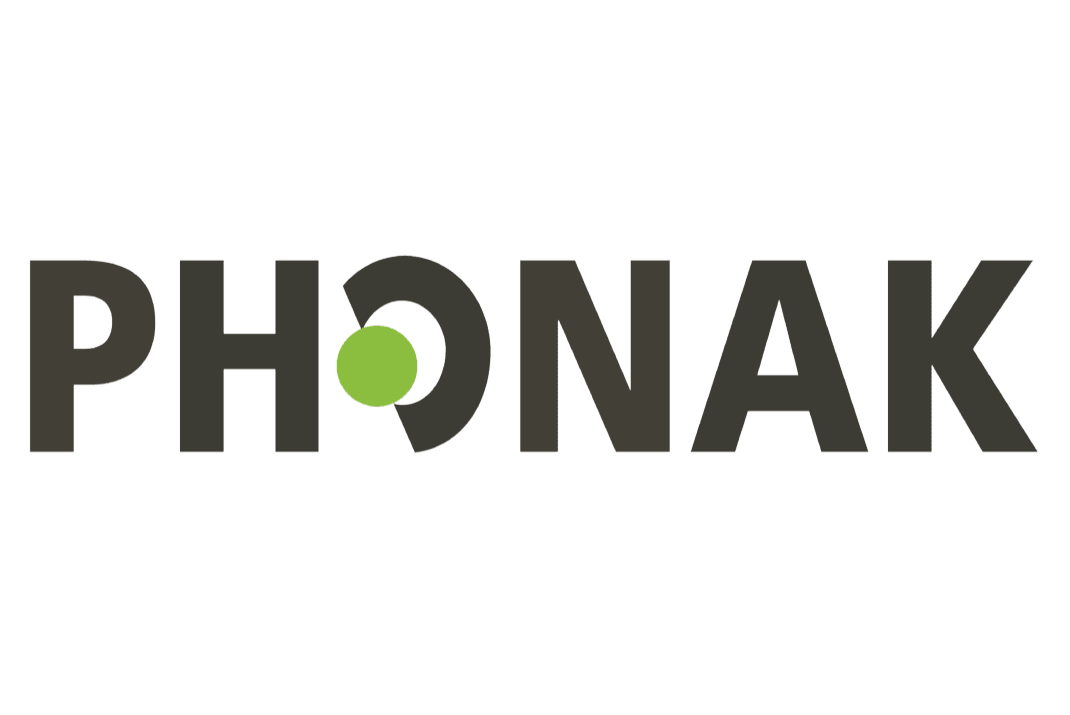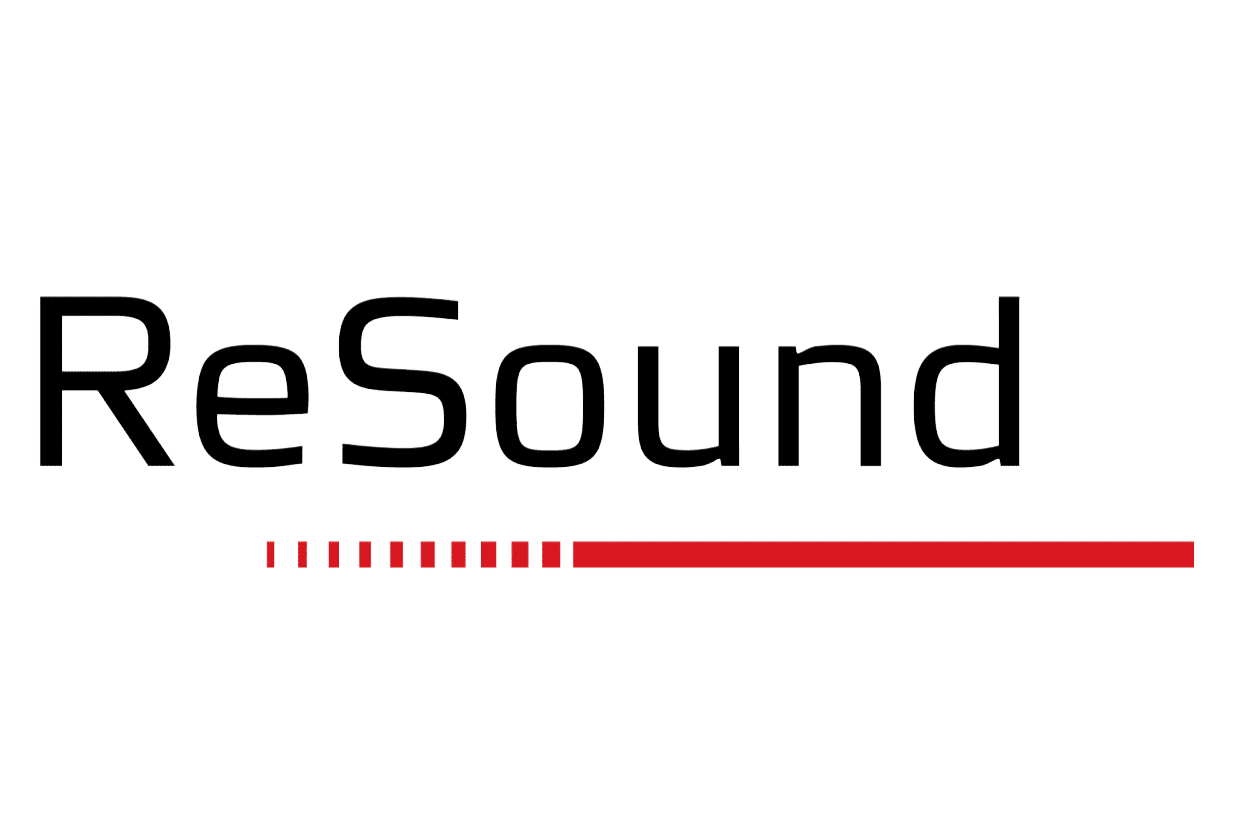(775) 825-6006
How Do Hearing Aids Work?
Hearing aids are remarkable devices that significantly improve the quality of life for individuals with hearing loss. These devices amplify sounds, making it easier to hear conversations and the world around us. This process can provide much-needed relief from the difficulties of hearing impairment, helping to restore a sense of normalcy and connection.
Understanding Amplification
At the heart of hearing aids is the technology that amplifies sound. When a sound wave enters the hearing aid, it is captured by a microphone and converted into an electrical signal. This signal is then processed and amplified according to the user’s specific hearing needs before being delivered into the ear through a speaker.
The amplification process is carefully calibrated to ensure that sounds are enhanced without causing discomfort or overstimulation. Advanced hearing aids have sophisticated algorithms that can distinguish between speech and background noise, allowing the user to focus on conversations. This selective amplification makes it easier to enjoy social interactions and understand speech in various environments.
Main Components of Hearing Aids
Hearing aids consist of several key components that work together seamlessly. The microphone, which picks up sound from the environment, is the first component. It captures sound waves and converts them into electrical signals that the device can process.
Next is the amplifier, which increases the strength of these electrical signals. The speaker, also known as a receiver, then converts the amplified signals back into sound waves and directs them into the ear canal. These components, housed in a small yet durable casing, are powered by a tiny battery that ensures the hearing aid functions throughout the day.
Types of Hearing Aids
Choosing the right type of hearing aid can seem overwhelming, but understanding the main types can make the decision easier. Behind-the-ear (BTE) hearing aids are worn over the ear and connected to an earmold or earpiece inside the ear. These are versatile, suitable for a wide range of hearing loss, and offer various features.
In-the-ear (ITE) hearing aids are custom-fitted to the user’s ear and are more discreet than BTE models. These devices fit snugly inside the outer ear and are generally easier to handle. They can be suitable for individuals with mild to severe hearing loss, providing comfort and effective amplification.
Custom Fitting for Optimal Performance
Hearing aids are not one-size-fits-all devices; each individual’s hearing loss is unique, requiring a thorough evaluation to determine the best solution. Hearing health professionals conduct comprehensive assessments that include hearing tests and consultations to understand the user’s needs and preferences.
Once the evaluation is complete, the hearing aid is custom-fitted. The process involves programming the device to amplify specific frequencies where hearing loss is most prominent. A well-fitted hearing aid allows the user to experience clear, comfortable sound, enhancing their ability to communicate and engage with others.
The Role of Modern Technology
Modern hearing aids incorporate cutting-edge technology to improve the user experience. Features like Bluetooth connectivity enable users to connect their hearing aids to smartphones, televisions, and other devices. This seamless integration provides direct streaming of audio, enhancing both convenience and sound quality.
Furthermore, many hearing aids now include rechargeable batteries, eliminating the need for regular battery replacement. Some models also offer adaptive sound processing, which adjusts the amplification based on the listening environment. These technological advancements make hearing aids more user-friendly and effective in various situations.
The Positive Impact of Early Intervention
Early intervention is necessary for effectively managing hearing loss and preventing further deterioration. Addressing hearing loss sooner helps preserve cognitive function, communication, and social connections. Regular hearing checkups are advised for early detection and timely interventions with hearing aids or other treatments.
Hearing aids, in particular, can vastly improve quality of life by enhancing communication and reducing feelings of isolation. With better hearing, you can reconnect with loved ones and enjoy everyday activities more fully. Prioritizing your hearing health now can help you stay connected to the world around you. Contact us to speak to a hearing health professional today.
View Our Blog





